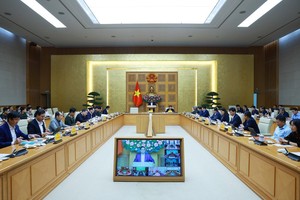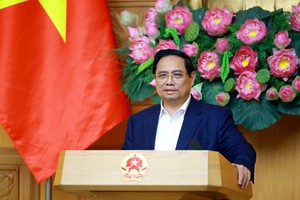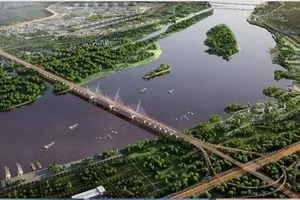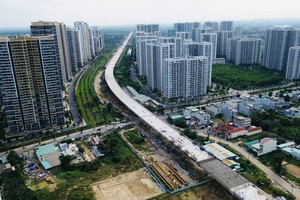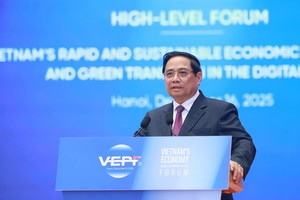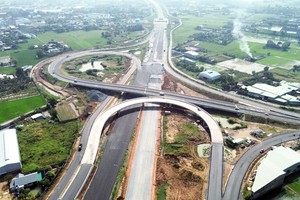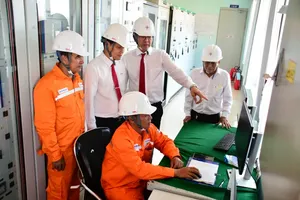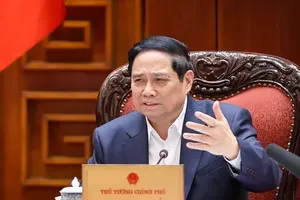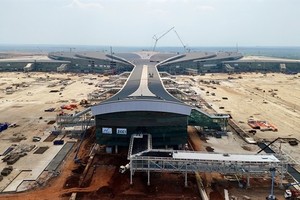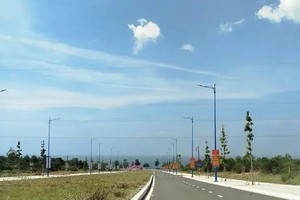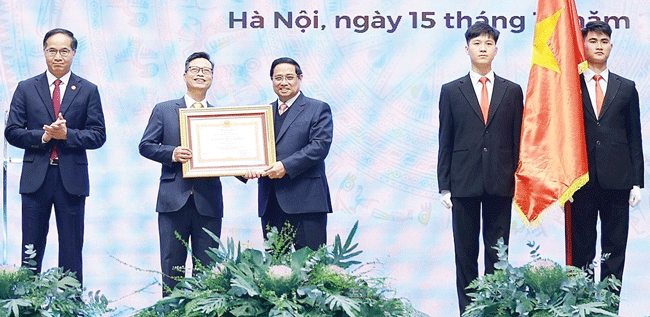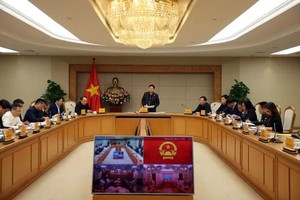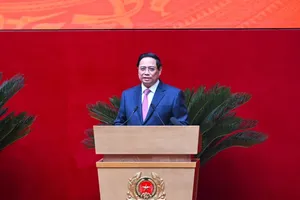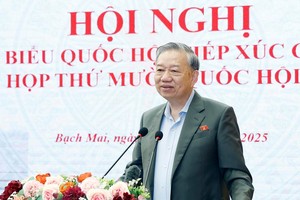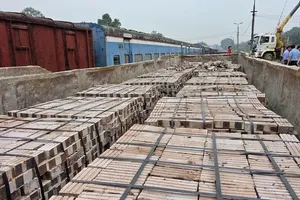
Prime Minister Pham Minh Chinh presided over the Government’s April regular meeting on May 6, during which he announced the preparation for starting construction on and inaugurating 80 works and projects to mark 80 years of the August Revolution (August 19) and National Day (September 2).
Addressing the meeting to review the socio-economic situation in April and put forth key tasks for this month and the coming time, PM Chinh stressed that in celebration of the 50th anniversary of the liberation of the South and national reunification (April 30, 1975-2025), 80 strategic infrastructure projects and works were also commenced and inaugurated simultaneously across the country.
In April, the Government, ministries, sectors and localities continued to reorganise the political system; build a two-level local administration model with many accompanying documents for implementation; promptly carry out tasks under the direction of the Party Central Committee, the Politburo, and Party General Secretary To Lam on responding to the new US tariff policy; and prepare and implement important foreign affairs activities, he stated.
The Government leader urged the continuous preparation for negotiating with the US on trade to ensure harmonious interests, so that people and businesses can feel secure in investing, producing, and doing business.
He asked Government members to propose measures and solutions to promote rapid and sustainable growth, control inflation, ensure macroeconomic stability, and major balances to achieve growth of 8 percent or more in 2025 and double-digit rates in the following years.
Missions in the fields of culture, society, environment, national defence, security, and foreign affairs, especially the arrangement of administrative units and the building of a 2-level local administration system, need to receive due attention, stressed Chinh.
The PM called for continued institutional improvement, streamlining and reorganisation of the administrative apparatus, and promotion of administrative reform and digital transformation.
In particular, the restructuring and streamlining of the organisational apparatus must be implemented without disrupting operations or negatively affecting citizens and businesses, he noted, stressing that administrative procedures must continue to be reformed, with greater decentralisation and delegation of authority. This includes reducing the time required to process administrative procedures, cutting business costs, and eliminating unnecessary business conditions for both citizens and enterprises.
PM Chinh emphasised the need to complete the review, amendment, or issuance of new legal documents to guide the implementation of the merger of provincial-level administrative units and the building of a two-level local administration model to ensure smooth and continuous operations during this process.
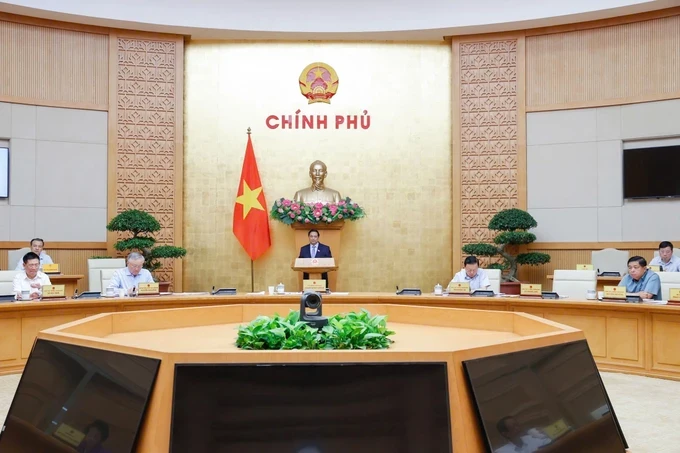
Priority should be given to boost economic growth, renew traditional growth drivers, and foster new ones, with the overarching goal of accelerating the disbursement of public investment, addressing difficulties and bottlenecks facing large-scale, high-tech FDI projects, and effectively carrying out the National Assembly’s resolution and the Government’s action programme to implement the Politburo’s freshly-issued Resolution 68-NQ/TW on private sector development.
Particularly, ministries, agencies, and localities must accelerate the construction of and disbursement for assigned projects, aiming to complete over 3,000 kilometers of expressways and more than 1,000 kilometers of coastal roads by 2025, stressed Chinh.
To boost exports, the Government leader directed the development of a tariff negotiation plan with the US and called for proactive efforts to promote balanced and sustainable trade with this country and other major partners.
Vietnam must also capitalise on the 17 signed Free Trade Agreements (FTAs), while advancing negotiations for new deals, particularly with countries that have recently upgraded diplomatic relations and with promising regions such as the Middle East, Africa, and Latin America.
At the same time, domestic consumption must be stimulated through the effective implementation of the comprehensive domestic consumption stimulus plan, and the encouragement of the Vietnamese people to prioritise Vietnamese products, especially OCOP (One Commune, One Product) items.
Efforts must also be strengthened to combat smuggling, trade fraud, counterfeits, and substandard goods—especially pharmaceuticals, nutritional products, and dietary supplements. False advertising must be strictly prevented, penalised, and eliminated, the PM stated.
He also highlighted the importance of proposals to expand visa exemptions for appropriate groups and countries.
According to the Ministry of Finance, in April and the first four months of this year, the economy continued to maintain positive growth momentum in all three pillars: agriculture, industry, and services. Industrial production in April increased by 1.4 percent compared to March and by 8.9 percent year-on-year. In January-April, it surged by 8.4 percent year-on-year. In the period, total retail sales of consumer goods and services rose nearly 10 percent. The country also attracted nearly 7.7 million international tourist arrivals, the highest ever, and a year-on-year surge of 23.8 percent.
Macro-economy remained stable, with the average consumer price index (CPI) growing 3.2 percent, creating room for flexible and effective management of macro policies. State budget revenue hit over VND944 trillion (US$36.34 billion), equal to 48 percent of the yearly estimate, up 26.3 percent. Total import-export turnover was estimated at over US$275 billion, up 15 percent, with a trade surplus of over US$5 billion.
